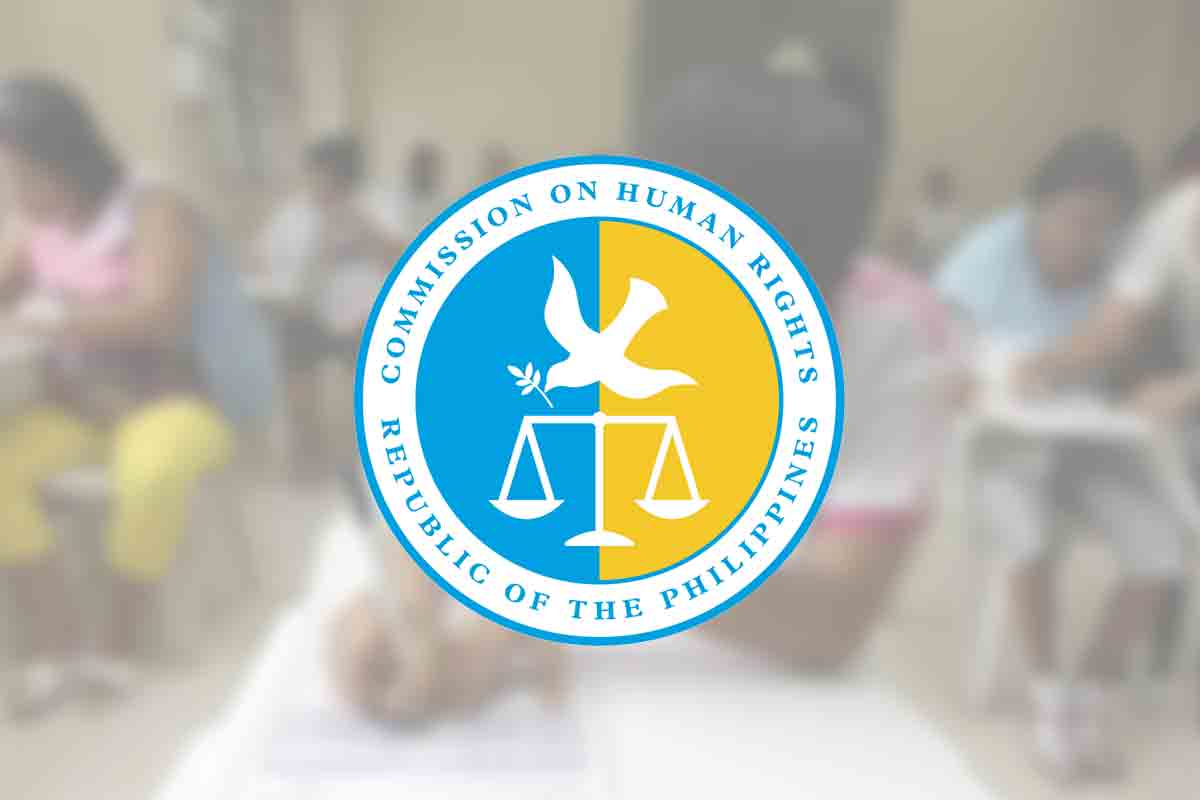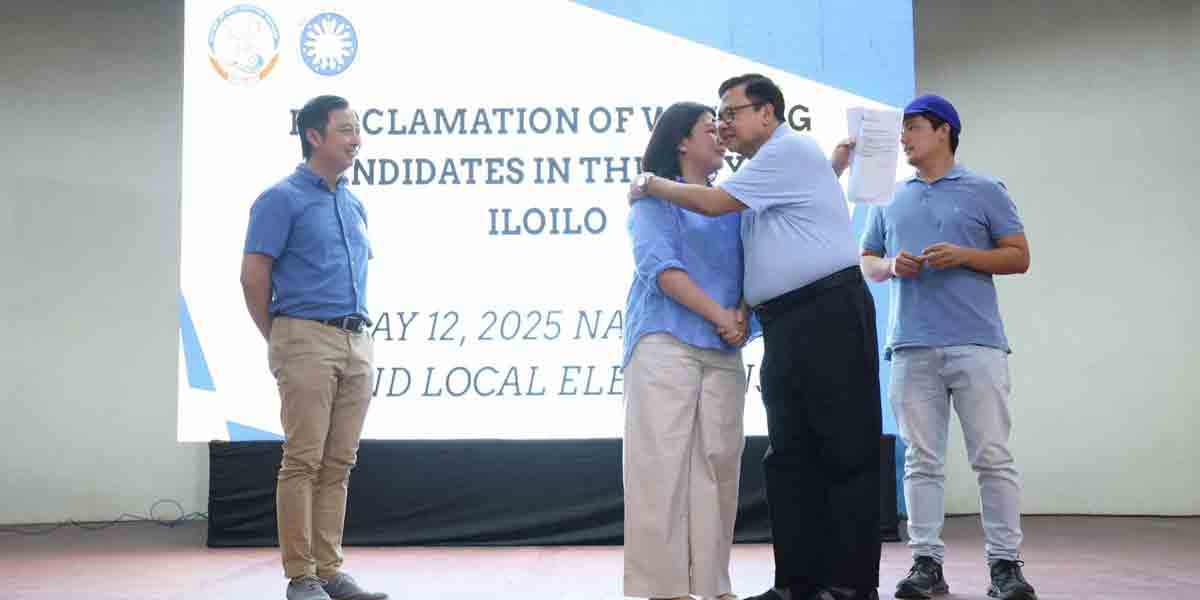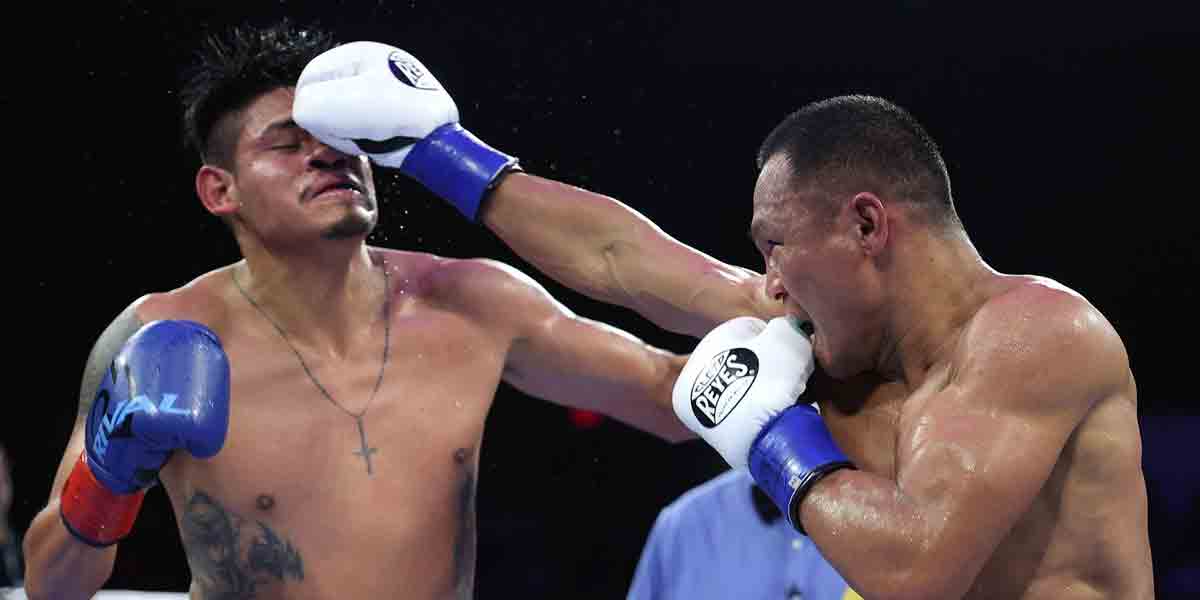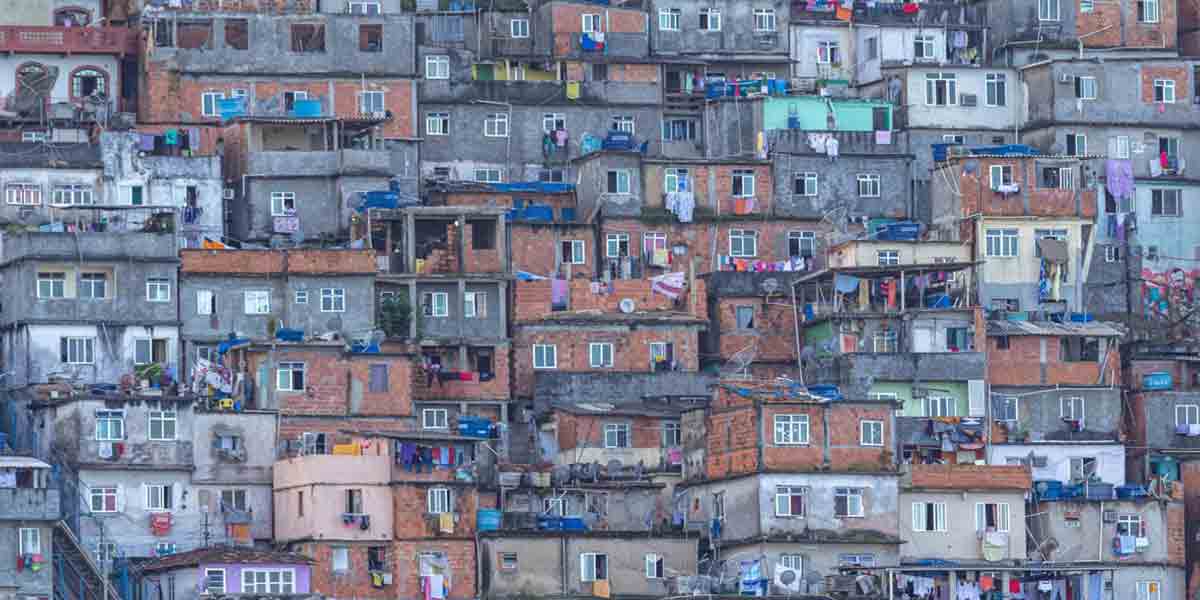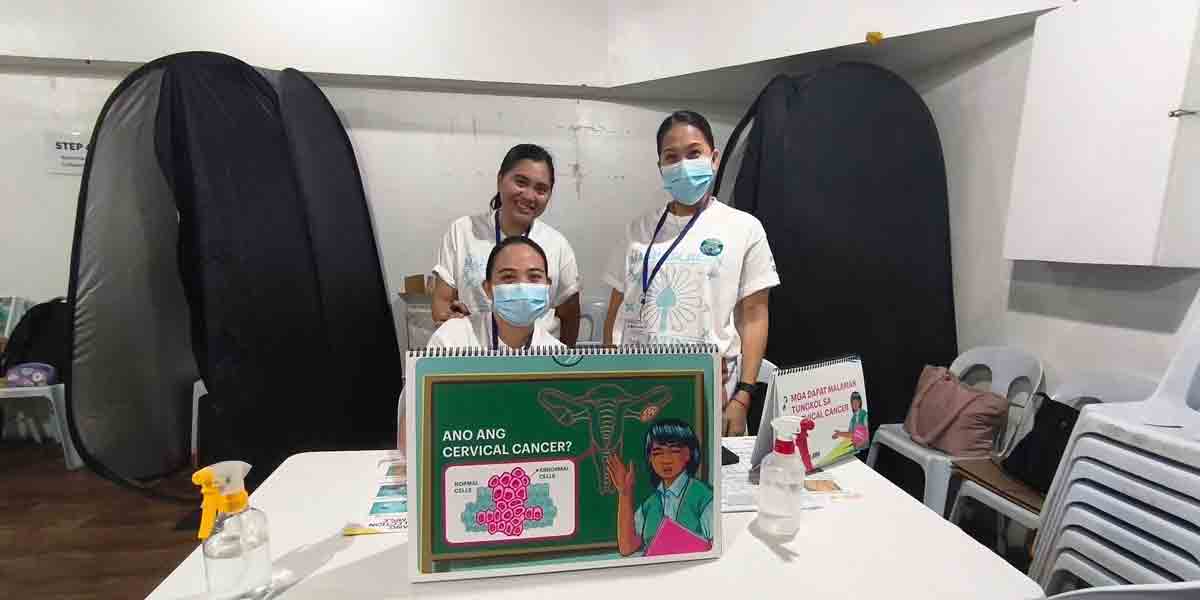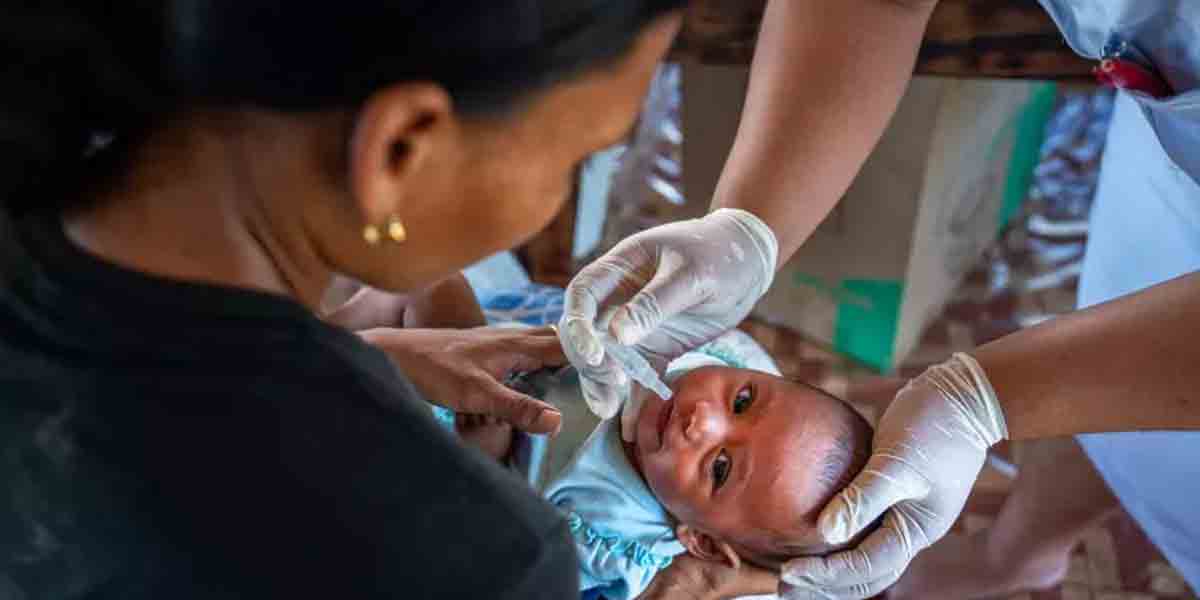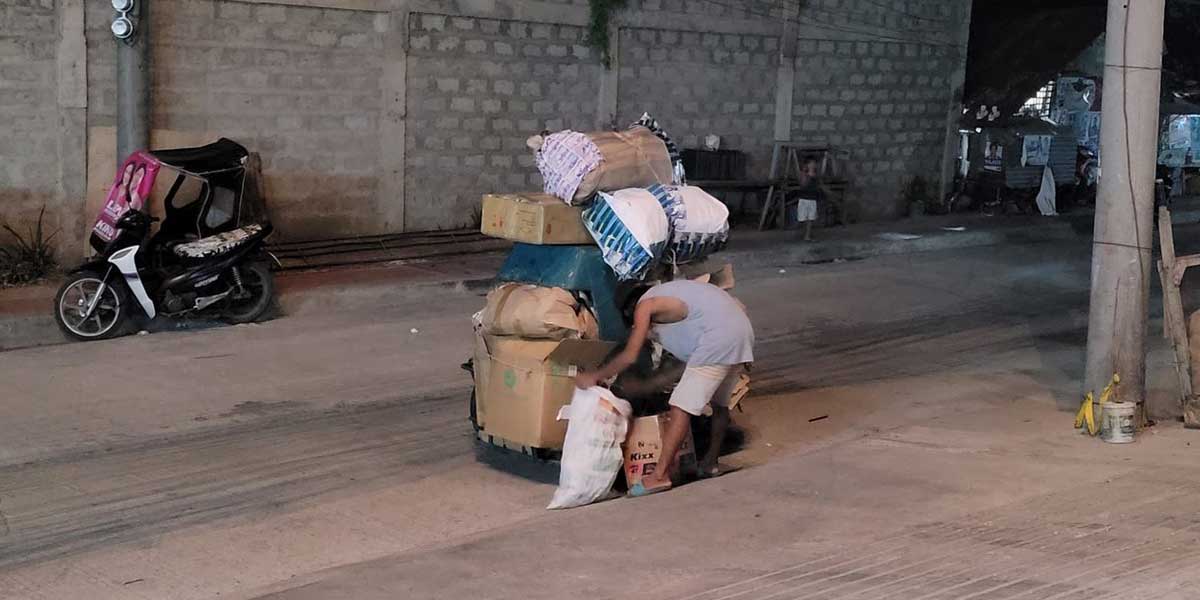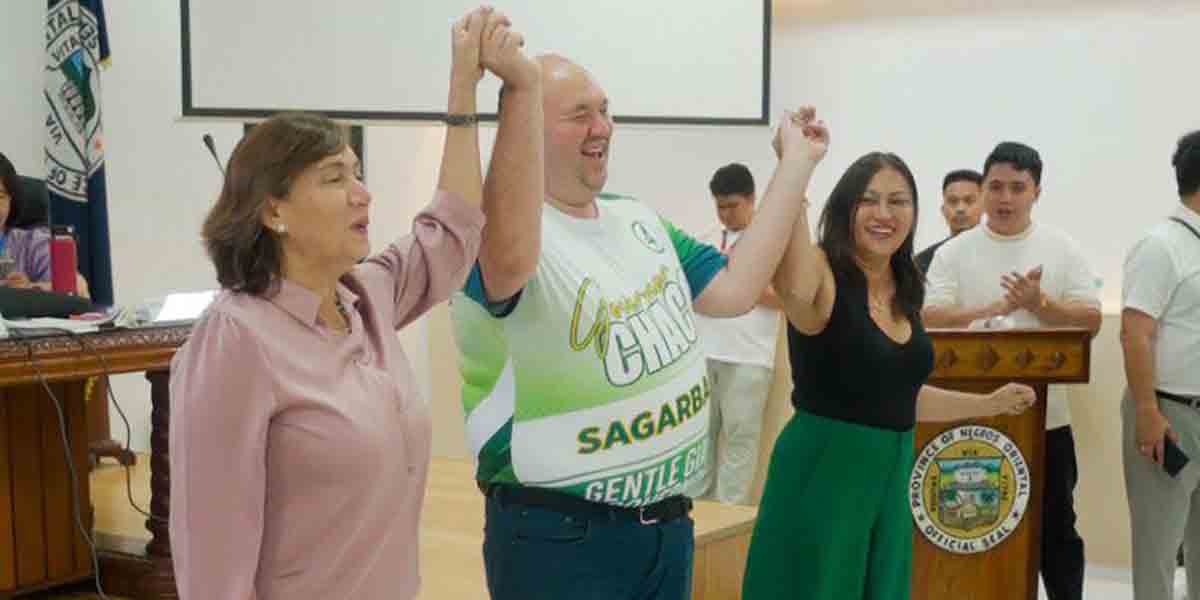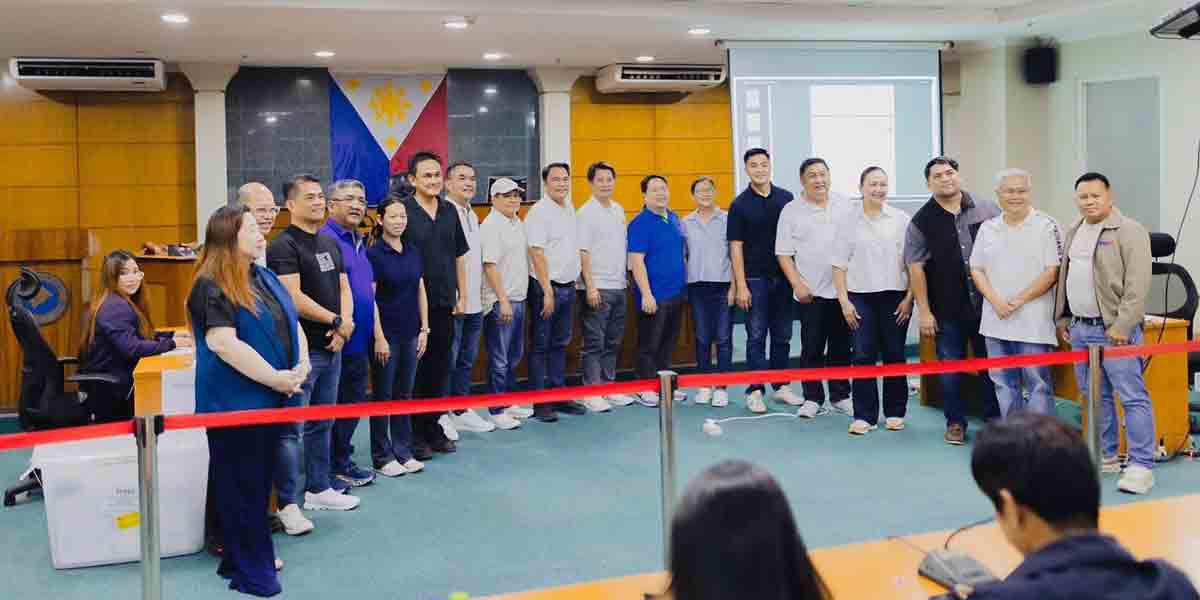 By Modesto P. Sa-onoy
By Modesto P. Sa-onoy
In a month’s time classes will hopefully start but enrolment in public and private schools are below expectations. As of yesterday, news report says that only 27 percent of private school students who enrolled last year have so far registered for this school year. The number could drop some more as the pandemic lengthens and aggravates the unemployment situation.
According to the Department of Education Secretary Leonor Briones, most private school students have transferred to the public schools ostensibly due to the high cost of private education. Schooling in public school is for free although there are costs at a minimal rate. In private schools, the students shoulder the entire cost.
Briones attributed the mass transfer to the financial condition of families brought about by the loss of jobs or small businesses. She described this exodus – students migrating from private to public schools. She said the latest number of migrating students had reached 347,860 “because the private schools have been affected by the downturn in the economy and there are parents who lost their jobs and cannot already fund the studies of the students.”
Overall, the number of enrollees in both private and public schools has reached 20 million or 77 percent of DepEd’s enrollment target of 27 million, she added.
The department which overseas pre-collegiate courses has already extended the enrolment period to July 15 and the turn-out is still below expectations with 7 million children of school-age outside the classrooms. This number is probably based in comparison with previous enrolment figures and do not reflect the number of children of school age who had never been in school
However, due to the low turn-out, the department extended again the enrollment period to last week of September to meet at least 80% enrolment, hoping the economy can start to bounce back. This means some students will miss over one month of schooling. Many students may have to stop schooling entirely to help their parents meet their daily family needs.
The relaxation of quarantine in some areas that allowed parents or older siblings to work would probably help reach this target but so far, the situation appears fluid as reports of infections continue to flow.
Of greater problem is the situation of private schools especially in Catholic parishes where there are parochial schools entirely dependent on the parents. They will be hard hit, including their parishes that in many cases subsidize their elementary and high schools. Finances of the parishes had been reduced considerably by the closure of churches where the Masses had been suspended or attendance strictly reduced to a few souls. Consequently, collections dropped drastically.
The influx of students to the public schools will put heavy pressure on their facilities, classrooms especially. Of course, the health protocol now under study will need fewer rooms but the burden shifts to gadgets that are expensive and cannot be provided by the government. This means a bigger budget for parents and may even turn off those that have already enrolled. This will be the same problem for public and private schools.
The impact of unemployment will be harder on students in private colleges and universities. Many will be forced to study in government colleges or may force the students to change courses.
Many collegiate students are also employees or engaged in part-time jobs. Many will be forced to stop schooling and since the majority of college students are enrolled in private schools, we can expect a significant decline in enrolment. The Commission on High Education has not yet released data on enrolment or student migration but the situation in the Department of Education can be similar – drop in enrolment and migration to public schools.
Secretary Briones said that the enrollment rate in private schools “seems relatively low since DepEd started the enrollment period on June 1. This is because not all private schools have conducted enrollment simultaneous with the DepEd schedule and private schools reporting has significant lag even under normal conditions.”
She is optimistic that “the private sector will catch up since there are schools that have yet to start with their enrollment process – some of them are even to set open enrollment in September simultaneous with the tertiary level.”
This is true with schools with collegiate courses but not with schools run by parishes, religious organizations, and foundations.
The impact of this crisis will show later.

